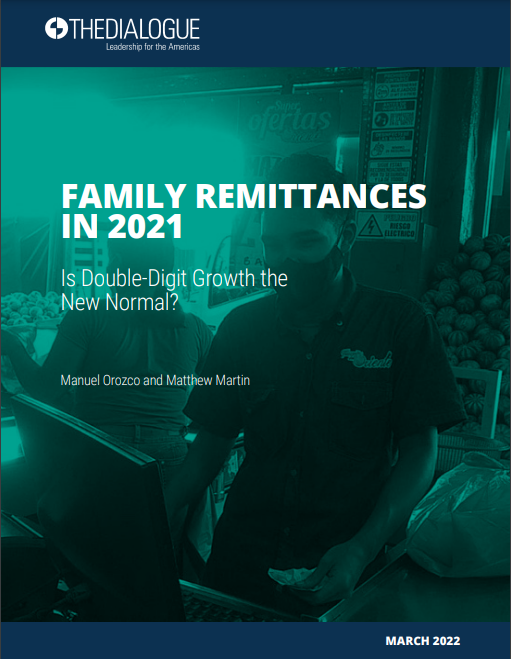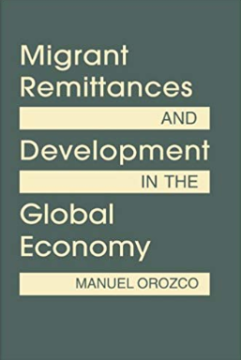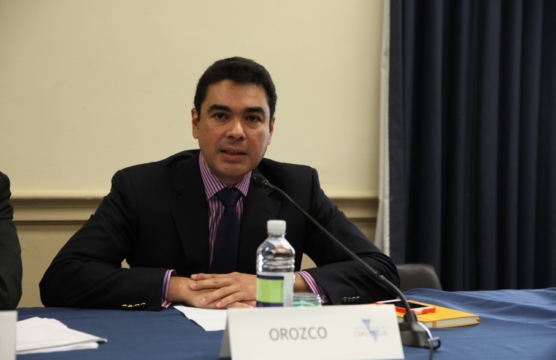The Earthquake’s Impact on Remittances
The earthquake in Haiti has exacerbated an existing distress during the international recession and increased uncertainty of what to do and how to help.
Migration and remittances are a central part of life in Latin America and the Caribbean. In 2021, despite the continuing global pandemic, remittances registered strong growth around the world and especially in Latin America and the Caribbean. A new report, written by Manuel Orozco, Director of the Migration, Remittances, and Development program at the Inter-American Dialogue, takes a deeper look at the determinants of that growth, in order to understand the context of recent trends and to interpret the impact of remittance flows to the region.
The report points to a wide range of issues associated with the flow of family remittances during the pandemic. It indicates that growth was due to a combination of factors, including increased migration, prolonged stays, increasing digital transfers, and more. It takes a closer look at several regional and country trends before examining shifts in the remittance transfer market and assessing how competition and industry innovation gave migrants new ways to integrate remittances into their financial lives. It concludes with projections for what to expect in 2022, based on anticipated changes in migration and remittance flows.
The earthquake in Haiti has exacerbated an existing distress during the international recession and increased uncertainty of what to do and how to help.
How do patterns of migration and remittances differ across regions? What kinds of frameworks support the contributions of remittances to local development?
On February 24th, the Inter-American Dialogue held its annual event on Remittances to Latin America and the Caribbean.


